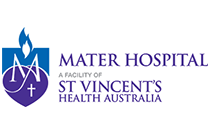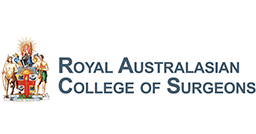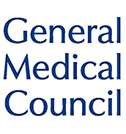Shoulder
Shoulder Fracture
Fractures of the upper part of the humerus or Proximal Humerus Fractures are commoner in the elderly population. They are usually caused by a direct fall onto the shoulder.
The patient will complain of pain and be unable to move the shoulder because of the pain. Swelling and bruising will occur.
Xrays will be taken and you will be given pain relief and a sling in ED to help with the pain.
The X-rays will identify the severity of the fracture.
The fracture can be below the joint or can extend into the joint. The more severe fractures involve damage to the joint surface.
Simple fractures are treated with a Collar and Cuff to allow the elbow to hang. This places tractor on the humerus and helps maintain alignment of the shoulder. After two or three weeks you can begin gentle movements of the shoulder, gradually doing more and more as the fracture heals.
Severe fractures may require surgery to put the bones back together called Open Reduction and Internal Fixation (ORIF). Fractures causing severe injury to the joint may require replacement of the joint altogether.
Clavicle Fracture/Broken Collarbone
The clavicle/collarbone is part of the shoulder. It helps to connect the arm to the body.
It is a long bone, and most breaks occur in the middle section and although it lies above several important nerves and blood vessels, these vital structures are rarely injured when the collarbone breaks.
It is a common injury in children, but luckily heals very quickly in this age group.
In athletes, the force of a fall can be transmitted from the elbow and shoulder to the collarbone, causing it to break.
Symptoms
Common symptoms are a sagging shoulder (that sits down and forward), inability to lift the arm because of pain, a grinding sensation when attempting to raise the arm and deformity or a “bump” over the fracture site.
Diagnosis
The diagnosis is usually obvious on account of the deformity, or “bump,” at the fracture site, gentle pressure over the fracture site will cause pain.
Sometimes patients experience a grinding feeling trying to raise the arm.
A fragment of bone rarely breaks through the skin, but may push the skin into a “tent” formation.
Clinical examination also assesses for associated nerve or blood vessel damage. An X-ray will pinpoint the location and severity of the break.













